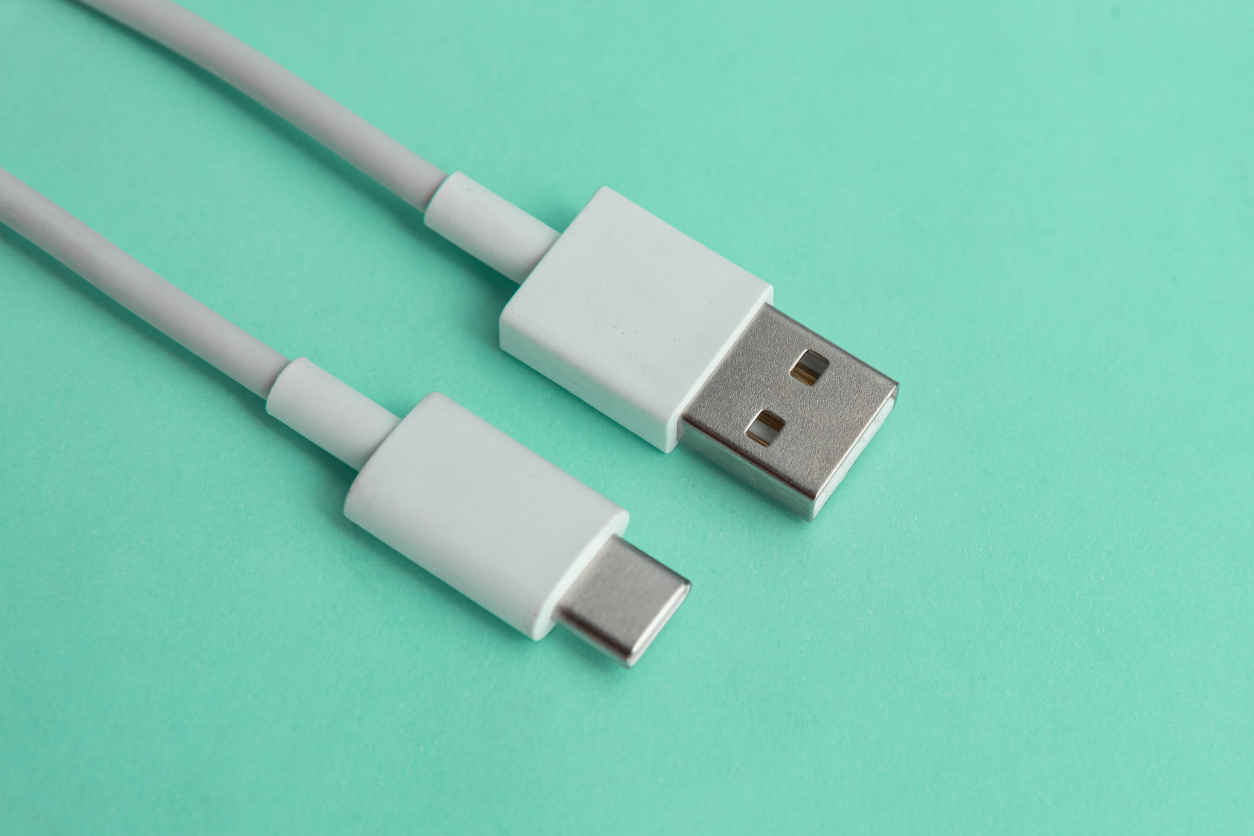USB A vs USB C: What’s the Difference?

USB ports are everywhere, from our laptops to our smartphones and even our cars. But if you’re like me, you might have found yourself fumbling around, wondering which USB cable goes where and why. You might be familiar with the traditional USB A, the larger, rectangular port we’ve been using for decades. But you might have noticed a new contender in the USB world: the sleek and smaller USB C. These two types of USB ports have become staples in our tech-driven lives, each offering its own set of benefits and limitations.
So, what’s the deal with USB A vs USB C? Why does it seem like everything is moving toward USB C lately? If you’re not already deep into the tech world, the differences might not be immediately obvious. But understanding them can be super helpful when you’re deciding which devices to buy or how to best use the gadgets you already have. Let’s break down these two popular types of USB connections and see what makes each one tick.
What Is USB A?
The classic USB A port has been a reliable workhorse since it first appeared in the 1990s. These are the standard rectangular connectors most of us are used to seeing on our computers, chargers, and other devices. One of the main advantages of USB A has been its longevity and widespread adoption, which means you’ll find it on everything from keyboards to TVs.
USB A ports have been through several iterations, increasing in speed and capability over the years. From USB 1.0 to the faster 3.0 and 3.1 versions, USB A has managed to keep up with technological advances. However, it’s not just about data transfer speeds; power delivery is also a crucial factor. USB A supports a range of devices for charging, though it falls short when compared to the newer USB C in terms of power efficiency and speed.
Despite its age, USB A remains popular because it’s so well established. Many older devices still rely on it, and it continues to be an integral part of many modern devices. However, the design isn’t without its drawbacks. For one, USB A connectors can only be plugged in one way, leading to the frustrating “is it upside down?” moment we’ve all experienced.
What Is USB C?
USB C is the younger, sleeker cousin of USB A, and it’s quickly becoming the new standard for connectivity. Introduced in the mid-2010s, USB C is designed to be the ultimate universal connector. One of its standout features is its reversible design, which means no more guessing which way to plug it in. This little convenience has won over many users who were tired of fiddling with traditional USB A cables.
Beyond convenience, USB C chargers bring a lot of power to the table. They support much higher power delivery, which allows them to charge larger devices like laptops and even some monitors. This makes USB C an attractive option for those looking for a single cable solution to charge all their devices, from phones to computers.
Related: Best USB-C Wall Chargers
USB C isn’t just about power; it’s also about speed. With support for USB 3.1, USB 3.2, and even USB 4.0 standards, USB C can achieve impressive data transfer speeds, rivaling and sometimes surpassing those of its predecessors. This makes it ideal for transferring large files or streaming high-definition video without a hitch.
Compatibility and Adoption
While USB C is undoubtedly powerful and versatile, its adoption hasn’t been entirely seamless. Many consumers still own devices that rely on USB A, leading to a period of transition where both types coexist. As manufacturers continue to update their products, USB C is becoming more common, but USB A isn’t going away overnight.
Adapters and dual-purpose cables have emerged as solutions for this transition period, allowing users to connect older USB A devices to newer USB C ports and vice versa. This flexibility is crucial for consumers who aren’t ready to abandon their existing gadgets but still want to enjoy the benefits of USB C.
The move toward USB C has been driven by its numerous advantages, but it’s not without its challenges. Different manufacturers have adopted USB C at different rates, and the standards can vary from one device to another. This has led to some confusion among consumers, but as the technology matures, we can expect these issues to diminish.
Related: Best USB to USB-C Adapters
USB A vs USB C
As USB C continues to gain traction, it’s clear that the future of USB connectivity is heading in a more unified direction. USB C’s versatility, speed, and power capabilities make it an ideal candidate to replace older standards, streamlining the way we connect and charge our devices.
This doesn’t mean USB A is obsolete. For many users, USB A will remain relevant for years to come, especially in older devices and specific applications where its reliability is unmatched. However, as more devices adopt USB C, we can expect a gradual shift away from USB A in favor of the more advanced features offered by USB C.
In summary, both USB A and USB C have their place in the tech landscape, each offering unique benefits that cater to different needs. USB A has served us well for decades, providing a solid foundation for data and power connections. Meanwhile, USB C represents the next generation of connectivity, promising greater convenience, speed, and power efficiency.
Your Trust, Our Core Commitment
At Rising Tech, earning and maintaining your trust is the cornerstone of our mission. We're dedicated to transparency, impartiality, and the relentless pursuit of truth in every article, review, and recommendation we publish. Our commitment to these principles ensures that you, our valued reader, are always equipped with reliable and unbiased information. Let us be your trusted guide in the ever-evolving world of technology.